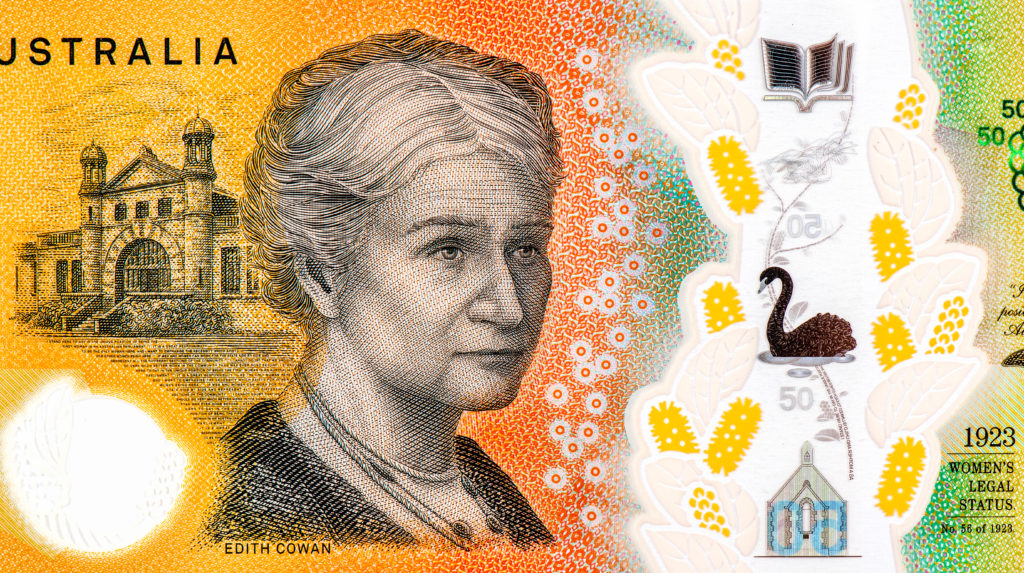This article has been supplied by CreditCard EDU. For more information please visit their website.
Becoming a student often means growing up and learning to think for yourself. Yes, it means going to class and getting book-smart, but there are more than a few life lessons thrown in there as well. Like how to deal with money – and more importantly, credit.
If you’re new to the world of credit, the idea of having thousands of dollars of potential spending power can be a little heady. Having cash and handing it over to pay for stuff is fine, we’ve been doing that since we were old enough to buy lollies with our pocket money.
When you have a credit card, that feeling of handing over real cash-money is gone. Spending on that card is all too easy, and before you know it, you’ve racked up way more than you can hope to pay back. The Bank of Mum and Dad will not always bail you out of that one, unfortunately.
So, what can you do to avoid the problems and pitfalls associated with having a credit card? Well, that’s easy! You get some education.
Become a credit card master
Seriously, there is no great mystery behind credit cards. You can learn all you need to know to become a credit card master, simply by taking these courses. Credit cards don’t have to be scary, but they should be used correctly.
Arm yourself with knowledge, make the most of your card, and know what to do to stay out of trouble. Ready to apply for that card?
Check out our Top 7 Tips for Credit Card Comparison
1. Know what you need
There are so many different types of credit card out there, from rewards cards and frequent flyer cards, to low rate and no annual fee cards. Think about what you really need from your card and choose the card that offers the best deal according to your needs.
2. Understand your spending
If you plan on applying for a rewards card or frequent flyer card, think about what kind of spending you do most and where. Choose the card that offers the maximum rewards for the spending you do most.
3. Understand your finances
If you know that you might not be able to pay off your entire credit card balance each month, then a low-interest rate card is a good idea. In the end, this will usually be more rewarding than say, a rewards card that you end up paying out more for in interest than you get back in rewards value.
4. Check for fees
Yep, credit cards come with fees. From late fees to annual fees, you can end up paying out a lot without meaning to. Find a card that offers the lowest fees for the features you want most, and work to steer clear of any avoidable fees in everyday use.
5. Read the small print
Yes again, credit cards are the master of small print. While it can be tedious, be sure to read all – yes, all – of the small print before you apply for a card.
6. Check the application criteria
Within the small print, you will find the application criteria. This will tell you what you need to apply. Make sure you meet the criteria so your application doesn’t get rejected.
7. Compare, compare, compare
You can’t find the right card unless you compare. Put in the hard yards now, and you’ll thank yourself for it later.
CREDIT CARD EDU
Just as you are learning all about your chosen profession at university, you can learn all about credit cards by visiting CreditCard EDU.
What is CreditCard EDU?
CreditCard EDU is a site designed to help people learn more about credit cards, covering everything from the kind of features they offer, to how to use them correctly and avoid getting into trouble.






